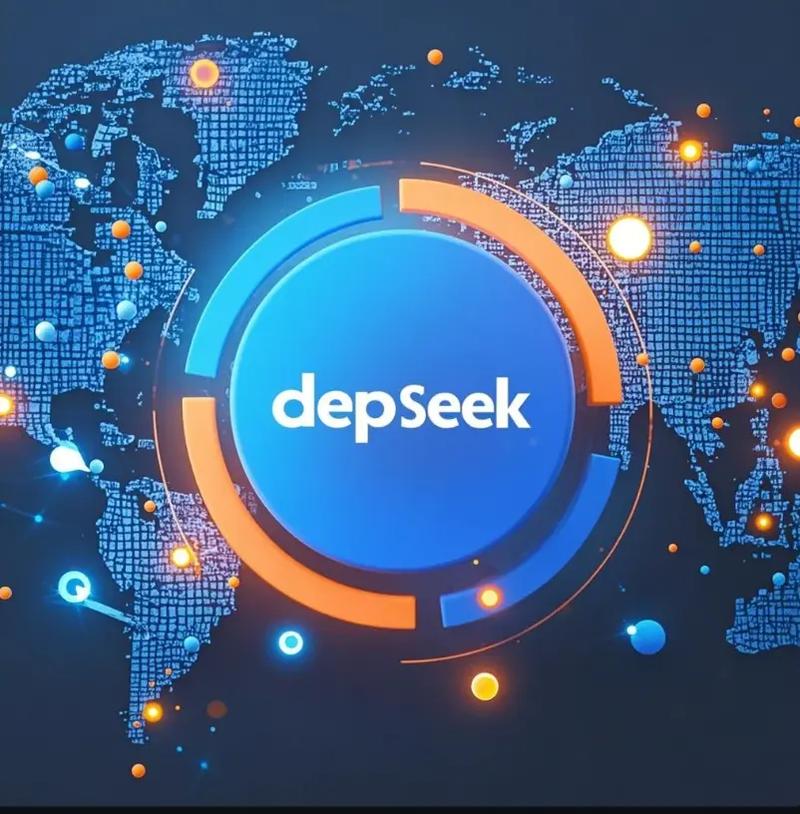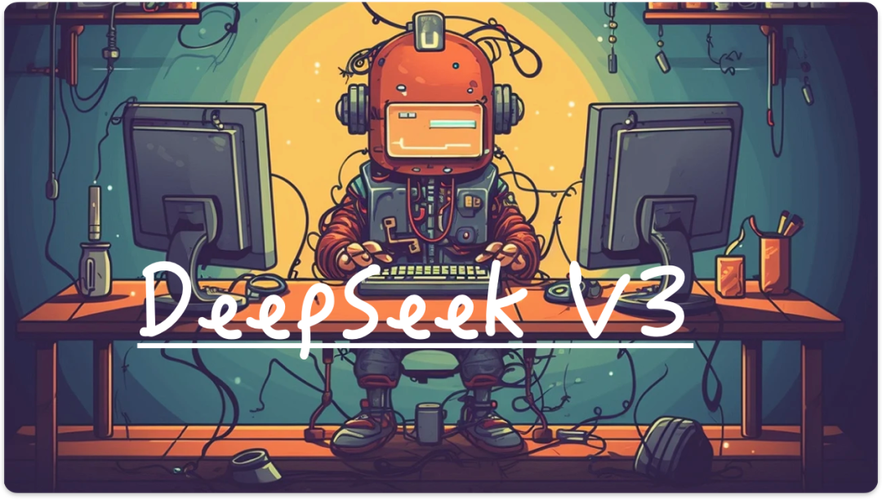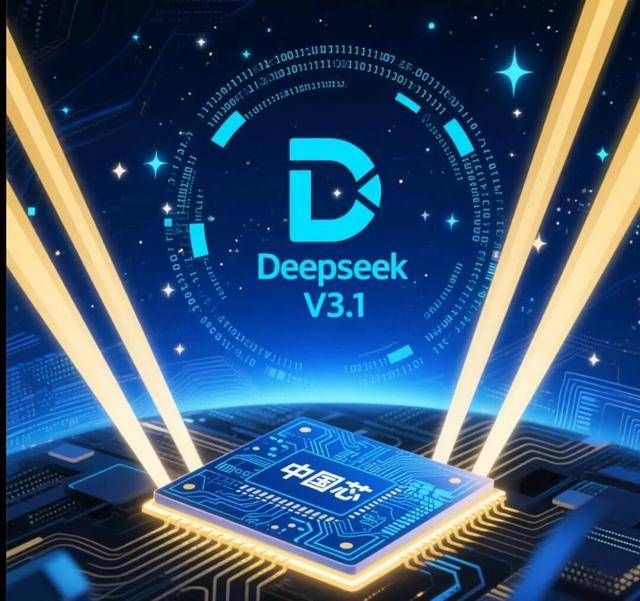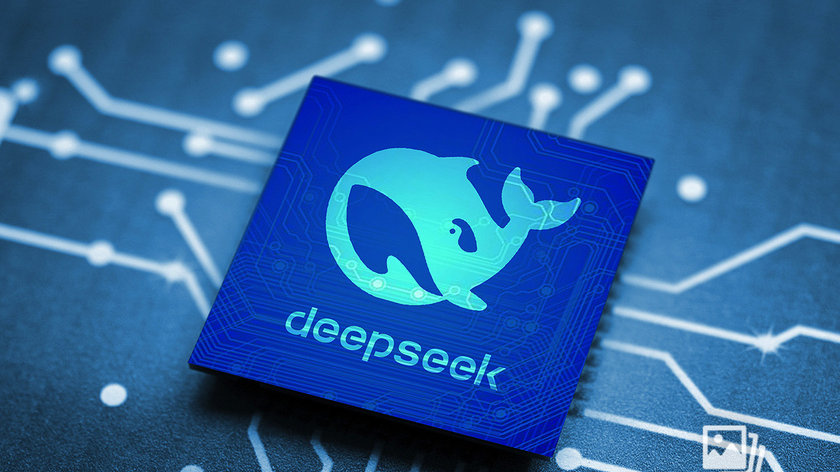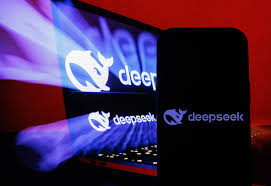How to Fine-tune DeepSeek Locally with LoRA: A Comprehensive Guide
Introduction
Fine-tuning large language models (LLMs) such as DeepSeek R1 using Low-Rank Adaptation (LoRA) has revolutionized the customization of open-weight models. LoRA enables efficient and cost-effective fine-tuning by injecting a small number of trainable parameters into a frozen pre-trained model. This guide will walk you through the process of fine-tuning DeepSeek locally with LoRA, covering hardware requirements, environment setup, dataset preparation, training steps, evaluation, and deployment.
Section 1: Prerequisites
Hardware Requirements
CPU: 16-core or higher
RAM: 64–128 GB
GPU: At least one NVIDIA RTX 3090 / A100 / H100 (24GB+ VRAM)
Storage: 500GB+ SSD
Operating System: Ubuntu 22.04 recommended
Software Requirements
Python 3.10+
CUDA Toolkit 11.7+
PyTorch with GPU support
transformers,peft,datasets,accelerate,bitsandbytes
Install essentials:
pip install torch transformers datasets accelerate peft bitsandbytes
Section 2: Download Pretrained DeepSeek Model
Use Hugging Face to download a LoRA-compatible version of DeepSeek R1:
from transformers import AutoTokenizer, AutoModelForCausalLM model_name = "deepseek-ai/deepseek-llm-67b-chat" tokenizer = AutoTokenizer.from_pretrained(model_name) model = AutoModelForCausalLM.from_pretrained(model_name, load_in_8bit=True, device_map="auto")
If your system supports 16-bit precision, consider using load_in_4bit=True with bitsandbytes for efficiency.
Section 3: Dataset Preparation
Format Requirements
Fine-tuning requires dataset in the following format:
{
"prompt": "What is quantum computing?",
"completion": "Quantum computing is..."
}
You can use open-source instruction datasets like:
Alpaca
OpenAssistant
ShareGPT
Convert your dataset to the Hugging Face datasets format:
from datasets import load_dataset
train_data = load_dataset("json", data_files="/path/to/dataset.json", split="train")
Section 4: Apply LoRA with PEFT
Configure LoRA Adapter
Use PEFT (Parameter-Efficient Fine-Tuning):
from peft import prepare_model_for_kbit_training, LoraConfig, get_peft_model model = prepare_model_for_kbit_training(model) lora_config = LoraConfig( r=16, lora_alpha=32, target_modules=["q_proj", "v_proj"], lora_dropout=0.05, bias="none", task_type="CAUSAL_LM" ) model = get_peft_model(model, lora_config)
Training Arguments
from transformers import TrainingArguments training_args = TrainingArguments( output_dir="./deepseek-lora", per_device_train_batch_size=2, gradient_accumulation_steps=8, warmup_steps=100, max_steps=1000, learning_rate=2e-4, fp16=True, logging_dir="./logs", logging_steps=10, save_strategy="steps", save_steps=200, save_total_limit=2, )
Trainer Setup
from transformers import Trainer from transformers import DataCollatorForLanguageModeling trainer = Trainer( model=model, args=training_args, train_dataset=train_data, data_collator=DataCollatorForLanguageModeling(tokenizer=tokenizer, mlm=False), ) trainer.train()
Section 5: Save and Merge LoRA Weights
After training:
model.save_pretrained("./lora-trained")
tokenizer.save_pretrained("./lora-trained")
Optionally, merge LoRA adapter into the base model for deployment:
from peft import PeftModel
merged_model = PeftModel.from_pretrained(model, "./lora-trained")
merged_model.merge_and_unload()
merged_model.save_pretrained("./merged-deepseek")
Section 6: Evaluation
Evaluate the fine-tuned model on benchmarks:
prompt = "Explain the benefits of renewable energy."
inputs = tokenizer(prompt, return_tensors="pt").to("cuda")
outputs = model.generate(**inputs, max_new_tokens=200)
print(tokenizer.decode(outputs[0], skip_special_tokens=True))
You can also use metrics like BLEU, ROUGE, and accuracy on a validation dataset.
Section 7: Deployment
Local Inference API (vLLM)
Fine-tuned weights can be deployed using vLLM or FastAPI:
pip install vllm python -m vllm.entrypoints.openai.api_server \ --model ./merged-deepseek \ --tensor-parallel-size 2
Docker Container (Optional)
Package your environment using Docker for reproducibility and easy deployment.
Conclusion
Fine-tuning DeepSeek R1 with LoRA unlocks the full potential of this 67B-parameter model without incurring massive hardware costs. With LoRA, you can customize DeepSeek for domain-specific tasks, improve its instruction-following behavior, or adapt it for low-resource languages — all while maintaining training efficiency.
This guide demonstrates that with minimal VRAM and the right tools, DeepSeek can be locally fine-tuned and deployed for real-world applications. Stay updated as the open-source AI community continues to enhance tools like PEFT and DeepSeek for scalable LLM customization.

